Level Transmitter and Level Gauge Design Tips
Level / Vessel Sketches
What is this ?
Level sketch or vessel sketch is the drawing prepared by Instrumentation engineer to show various Level instruments nozzle details (Flange size, rating) on vessels / drums, their elevations which is used as input for Mechanical – Static (Vessel) Engineers for further engineering of vessel / drums.
Why this is prepared ?
This is prepared as an input document to Mechanical – Static (Vessel) department so that instrumentation interface is clear and documented.
Who benefits ?
It benefits both department engineers as interface details are documented and any changes are tracked as document will be revised.
Disadvantages / Advantages ?
Disadvantages :
For smaller project, if no of equipment are very less (such as 1 or 2) preparing this document would consume more efforts compared to large scale projects.
Advantages :
The interface between two disciplines is streamlined and there is no scope for difference in inputs and information. The changes will always be traceable. If ambiguity is found, this can be documented and corrected.
What are basic inputs required ?
- P&ID (Design level),
- IPDS (Design level),
- Mechanical data sheet (Design level),
- Piping Specification (Design level),
- Instrumentation Design Basis (Design level),
- Client / Process Licensor Specific requirements
What are different types of vessels ?
What can be different type of instruments put on vessels?
- Level Transmitter (Contact / Non-Contact type)
- Level – Differential Pressure Transmitter
- Level Gauge (Magnetic, Transparent, Reflex)
Different combinations you can have on vessel (Stand pipe / direct nozzle)
The Level Instrument nozzle can be directly installed on vessel.
Figure 1 – Level Transmitter and Level Gauge Directly Mounted on equipment
Stand pipes are used for installing the level instruments.
Figure 2 – Level Transmitter and Level Gauge Mounted on Stand Pipe
It is generally based on no of instruments to be put on single vessel as it is not advisable to puncture vessels for many instrument nozzles. This will be governed by project specifications, process requirements and client guidelines.
Standpipes are generally used in following scenarios –
- Multiple Level Gauges
- More than 3 no instruments on same equipment
- Project specifications
What all information to show ?
Equipment Details –
- Vessel Tag no.
- Nozzle Nos,
- Elevations (in mm preferable),
- Tank Lines (Lower & Upper)
- Zero elevation line (either from TL or at other reference point),
- Piping Specification, material
Process Details –
- Process fluid,
- Specific Gravity or Density,
- Alarm Levels (Low, Low Low, High, High High)
- Process & design conditions (Pressure & Temperature),
Instrument Details –
- Instrument tag no,
- Type of instruments (Radar, DP Level Transmitter, Magnetic Level Gauge),
- C – C (Center to center) distance in mm preferably,
- Isolation Valves and sizes,
- Drain & Vent valves and sizes,
- Scope Breaks (Instrumentation, Piping, Static),
- Traced Lines (Steam / Electrical)/ Jacket Lines,
- Instrument Nozzle size, connection, rating, Elevations in mm preferably,
- Stand Pipe, size and connection details
What not to show
Other than Level Instrumentation Nozzles, other instruments nozzle such as Pressure / Temperature, Inlet, outlet nozzles, Nozzle orientation
Example: Single Level Transmitter & Single Level Gauge on a Vessel
Single Level Transmitter & Single Level Gauge
- Service – Water
- HLL = 1400 mm
- HHLL = 1200 mm
- LLL = 350 mm
- LLLL = 300 mm
- Density – 1000 kg/m3, Specific gravity – 1
Low Low Level should be at 10% of Transmitter Range (Subject to project specifications)
High High Level Should be at 90% of Transmitter Range (Subject to project specifications)
So based on the above guideline, different combinations can be tried to finalize the Transmitter Nozzle elevations.
Bottom Elevation (HP Tap) : 150 mm (Refer Tip in the above diagram)
Top Elevation (LP Tap) : 1550 mm
Hence C-C Distance : 1400 mm
Transmitter Range = (HP Tap Elevation – LP Tap Elevation) * Sp Gravity
Transmitter Range = (1550 mm -150 mm) * 1 = 1400 mm
Hence Select Transmitter Range : 0 – 1400 mm
Calculate LL Level of Level Transmitter
With This, LL level will be at @ 10.7% i.e.
LL Level of LT = [(300 mm – 150mm) / 1400 mm] * 100 = 10.71%
Calculate HH Level of Level Transmitter
And HH Level will be at @ 89.28%. i.e.
HH Level of LT = [(1400 mm – 150mm) / 1400 mm] * 100 = 89.28%
Level Gauge Nozzle elevations can be at same elevation as it covers full transmitter Range.
Tip – The bottom nozzle elevation is at 150 mm due to welding at TL point of vessel, wherein welding thickness is @ 80 – 100 mm, Nozzle centre is at 150 mm and nozzle size is generally 2” for Transmitters due to which Instrument nozzle welding may clash with Vessel shell welding joints. Hence it is recommended to use 150 mm as general guidelines for bottom elevations.
In case it is required to go below 150 mm due to Low level alarm values, first discuss with process group if the alarm value can be changed and shifted towards upward side or discuss with client if LL alarm value at below 10% is acceptable or discuss with vessel engineer / group if nozzle elevation below 150 mm is possible.
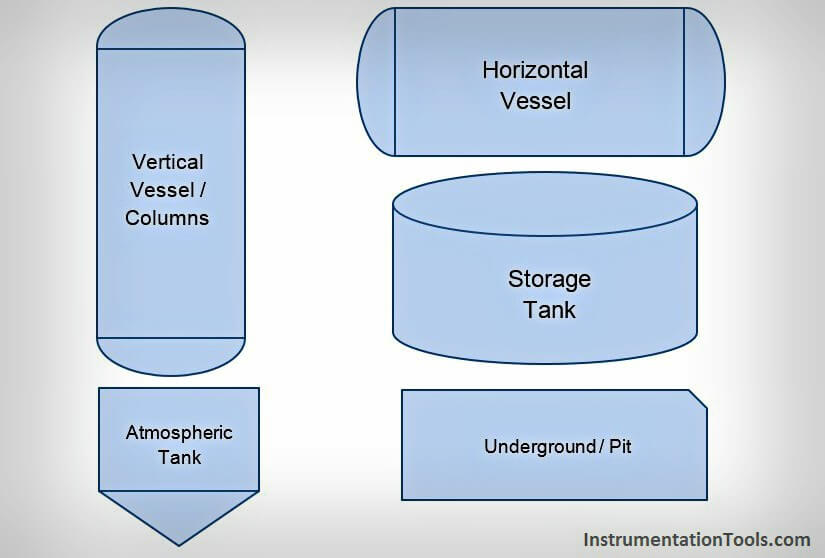
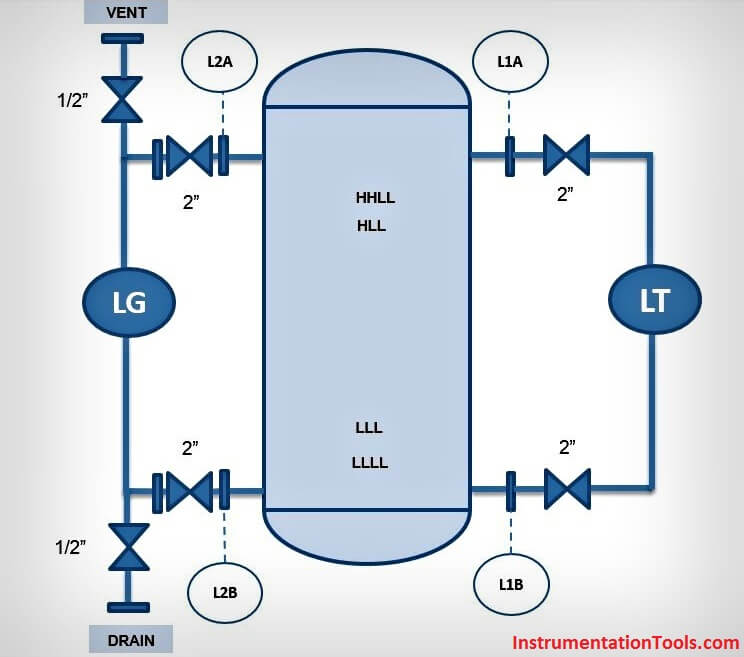
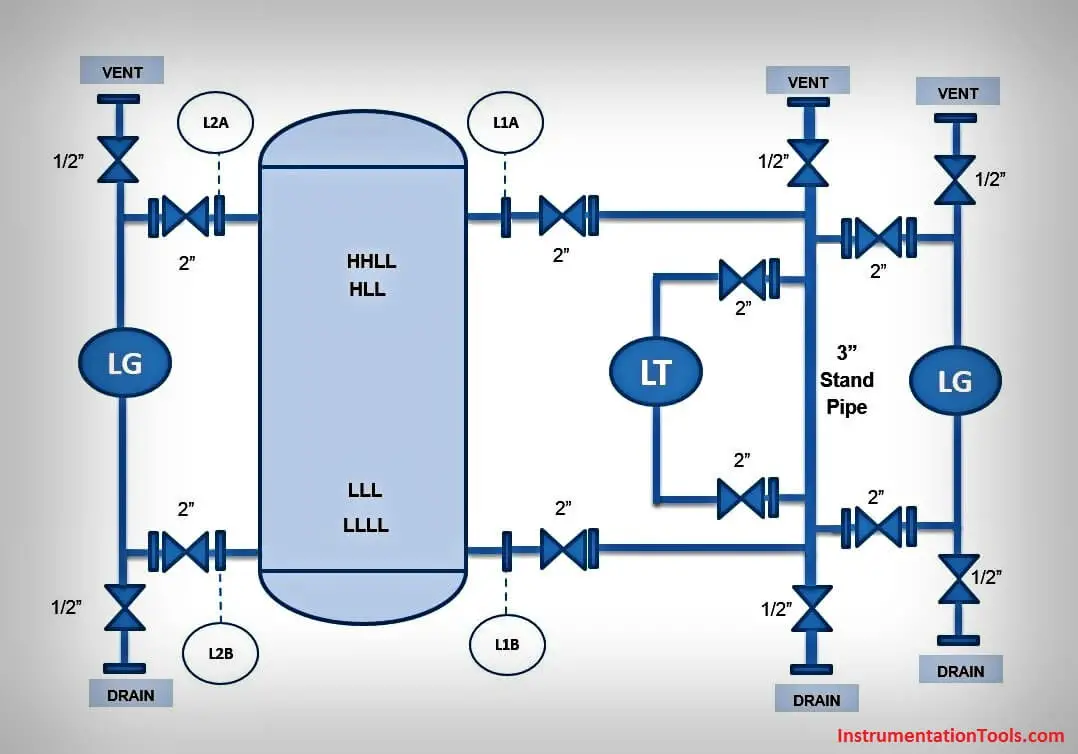




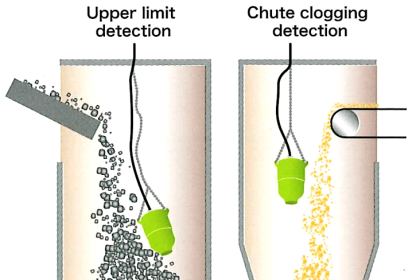
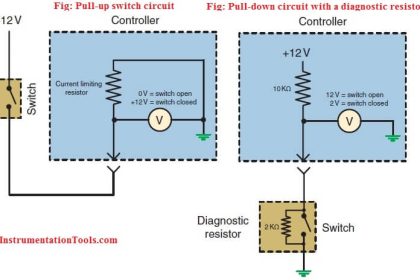
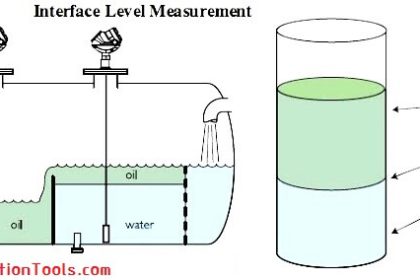
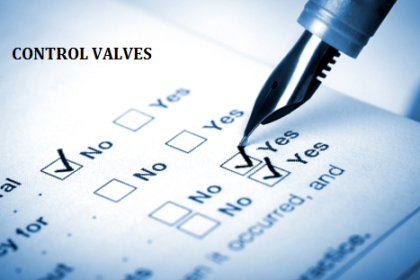
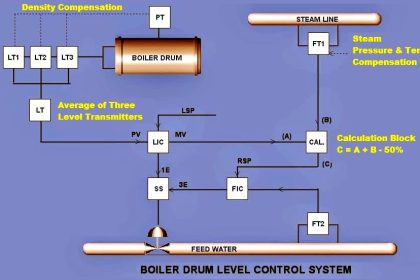

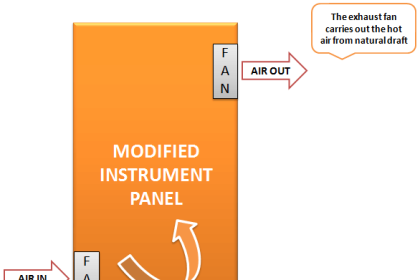

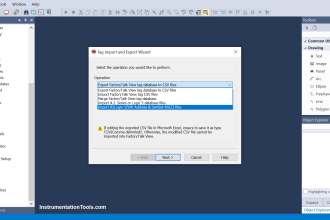
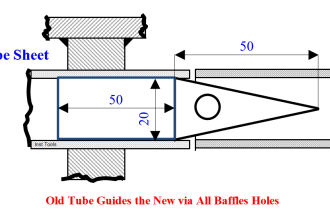
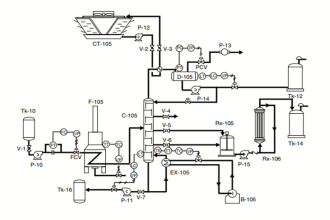
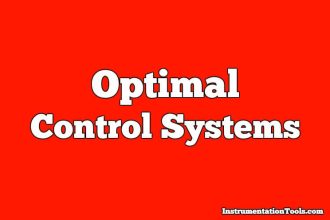
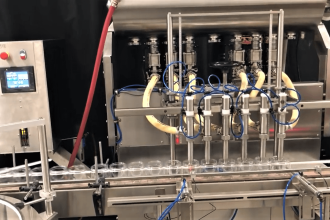




Superb, Useful Information. I am maintanance instrumentation engineer. These are very useful to me & valuable knowledge to learn. Thanks
thanks for sharing such useful info.
Tnx for experience sharing
Dear Nilima
first of all thanks for this valuable information about the detail design for the level transmitter used for level measurement with the value of HH/LL/H/L according to the design criteria to detect all expected types of levels in case of filling or evacuate the tank and to avoid unexpected measurement during the two operation
So all above drawings were related to liquid measurement .
And kindly if possible can u provide us with the measurement detail design features used for Gas such as NGL or LPG of Spherical types ,because all above example or application are for liquid phase not gas phase thanks in advance
thanks for the valuable information.
Thank you so much…this is good information
As a general engineering practice, to consider at least 150 mm elevation not only for above BTL, but also for below TTL. The instrument nozzle elevation closed to the vessel/column TL should be avoid.
thanks for your valuable information madam
It should be noted that the level transmitters of displaced type come in standard lengths and level gages can match that distance by use of magnetic type ( glass types are not preferred as they are prone for breakage).
Further, care should be exercised in condensing type services ( steam drums or other high temperature services) where it is preferable to use DP transmitter type ones.
Unless otherwise mandated by codes ( boiler code mandate use of glass type level gauges , at least one ), other type of non-intrusive types such as capacitance or micro- wave type can be applied subject to temperature of the medium.
For heavy hydrocarbon fluids ( such as pitch or tar), a nuclear gauge is optimum as this is non-contact type. Even use of diaphragm seal type is not ideal as this would dis-continuous flushing and complex.
Again, for hydrocarbon large storage tanks , glass types in multiple lengths are expensive and an Enraf type micro-wave s ideal and cheap.
Thank you for this valuable information . I have a doubt regarding the vent valves in level gauge line can you please explain why do we need vent in level gauge line.
some of LG lt Elevations not same why ?
When installed in two magnetic level gauge is vessel/tank. What is distance between one magnetic level gauge to another magnetic level gauge? Why?
When installed into two magnetic level gauge is vessel/tank. What is distance between one magnetic level gauge to another magnetic level gauge? Why?
In addition for safety (SIS emergency shutdown). We have to design separate loops according to International Standards (IEC 61511)
Means HH and LL will be insisted Shutdown.